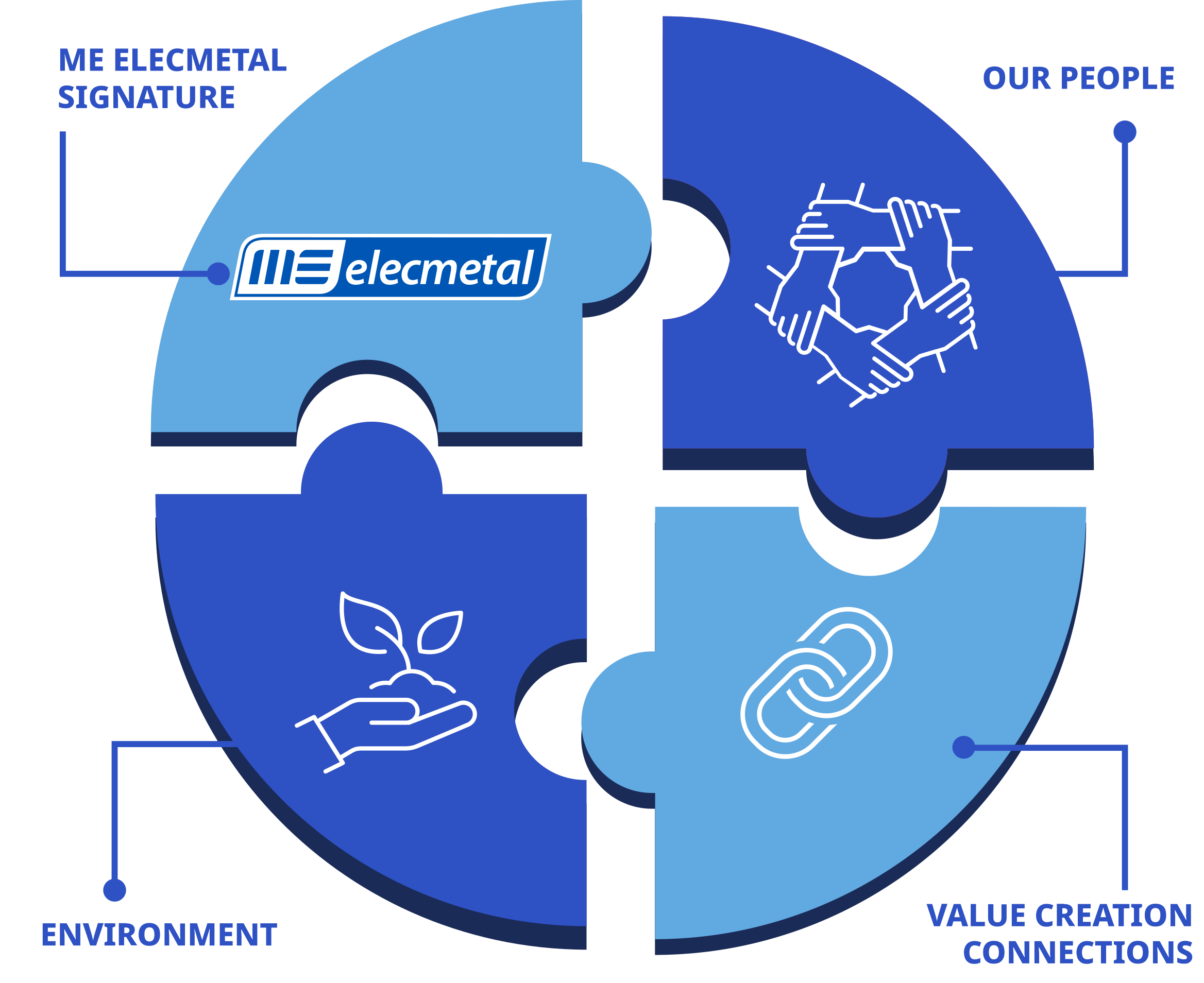In recent years China has increased the generation of green energy, which has led to a gradual reduction of carbon emissions per ton of product year after year, through diversification of the matrix. Although ME China generates only 1.5% of its total energy consumption, by 2026 it is expected to build an extension of its plant through a new project of more than 1,000 m2.
In parallel, in the case of the 50-50 Joint Venture with Long Teng Special Steel, our partner has built a solar plant ats its own facility at the port of Shanghai, which results in obtaining green credits from the energy generated there, which partly supports the reduction of emissions in the manufacture of grinding balls.
United States, ME North America
In the case of the North American operations, both the Tempe, Arizona, and Duluth, Minnesota, plants are evaluating options to operate with solar energy. In the case of the Tempe operation, considering that the city has more than 300 sunny days a year, is where Kinect Energy has made the most progress in this regard, and concrete outcomes are expected for the third quarter of 2024.
In the case of Duluth, there are plans to implement a plant by 2025. The facility currently receives power from Minnesota Power, operated by Allete Inc, a distributor that has invested heavily in renewable energy, including solar and wind generation. In fact, of its total distribution, 50% is wind and hydro power, while 33% is from fossil fuels, so Duluth is supplied by a mix: electricity by 39% (50% renewable by Minnesota Power) and natural gas by 61%.
Finally, as Elecmetal Holding, and through its subsidiary Cristalerias Chile, the Company participates in the Las Peñas Wind Plant in the Bío Bío region. Four wind turbines that deliver 8.4 MWH that are directly injected into the Chilean National Electric System (SEN).





